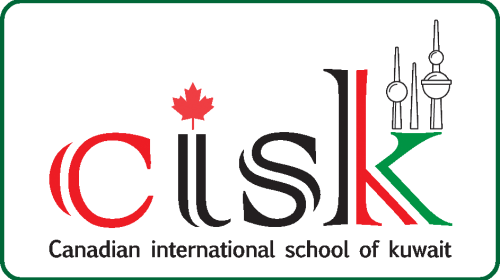Canadian International School of Kuwait
Class Features
Tutorials
Tutorials provide direct instruction and practice interactions. Instruction is made engaging through the use of videos, animations, interactive timelines, and hotspot graphics. Practice interactions—including drag-and-drops, ordered problem solvers, multiple-choice questions, and fill-in-the-blank questions—all help students check their progress on mastering new concepts. Some tutorials also include web links to informational sites, games, and videos, which are designed to broaden students’ access to information on the topic.
Lesson Activities
These written assignments allow students to develop new learning in a constructivist way or apply learning from the tutorial in a significant way. In either case, Lesson Activities are designed to be an authentic learning and assessment tool: doing something real to develop new understanding, while at the same time providing a subjective measure of that understanding. Lesson Activities are embedded in the tutorials and supply a document for offline use by students to write a response or record results. Each activity has an answer key that provides answers for single-answer questions and objective rubrics or sample answers for open-ended questions. Students submit some activities through the Digital Drop Box for teacher evaluation and feedback. Other activities can be checked by students themselves using the answer key. Keep in mind that some students may need guidance to successfully self-check open-ended questions against a model.
Online Discussions
Online discussion with teachers and other students is a key twenty-first-century skills-based activity that allows for higher-order thinking about terminal objectives. An online threaded discussion mirrors the educational experience of a classroom discussion.
Teachers can initiate a discussion by asking a complex, open-ended question. Students can respond to the question as well as to the responses of other students. Each unit in a class has one predefined discussion topic along with a rubric for grading responses. Teachers can include additional discussion topics.
Unit Activities
The culminating activity at the end of each unit aims to deepen understanding of some key unit objectives and tie them together, or tie them to other class concepts. This activity also includes authentic performance and supports twenty-first-century skills development. The student version includes a simple rubric , if appropriate, while teacher versions can contain more complex rubrics, answer keys, and modeled sample answers. Unit activities supply a document for offline use by students to write a response or record results.


